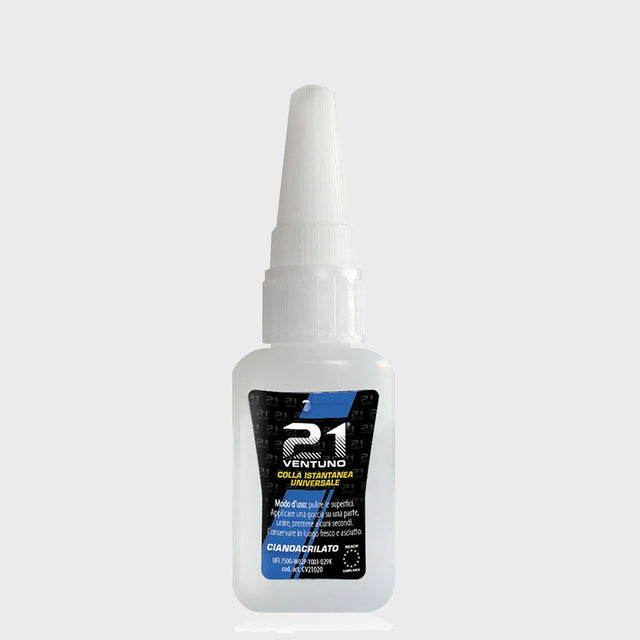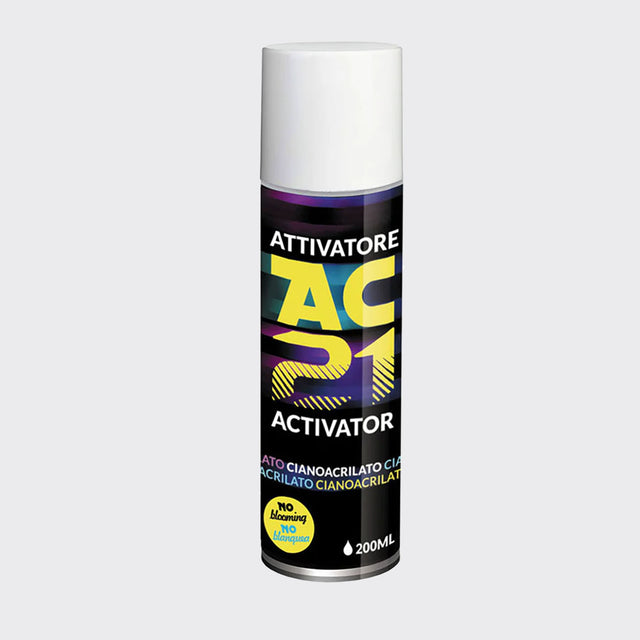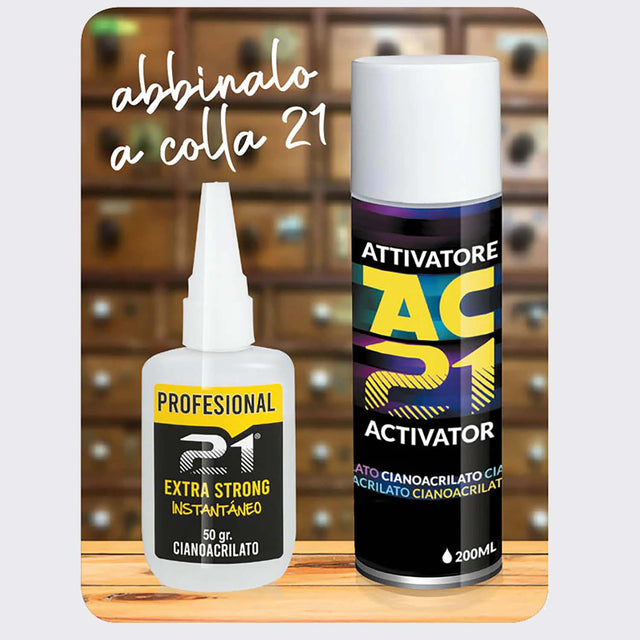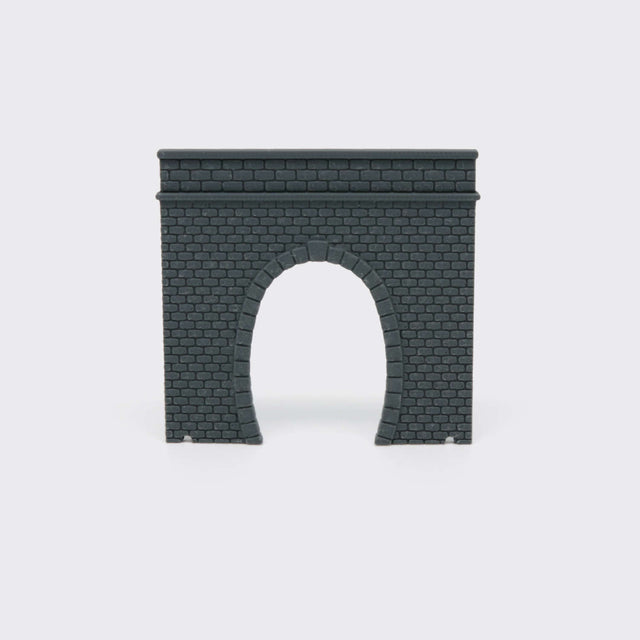
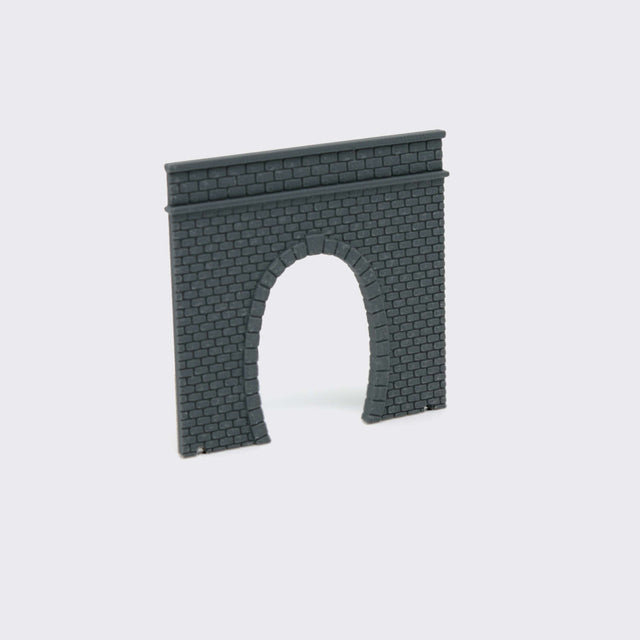
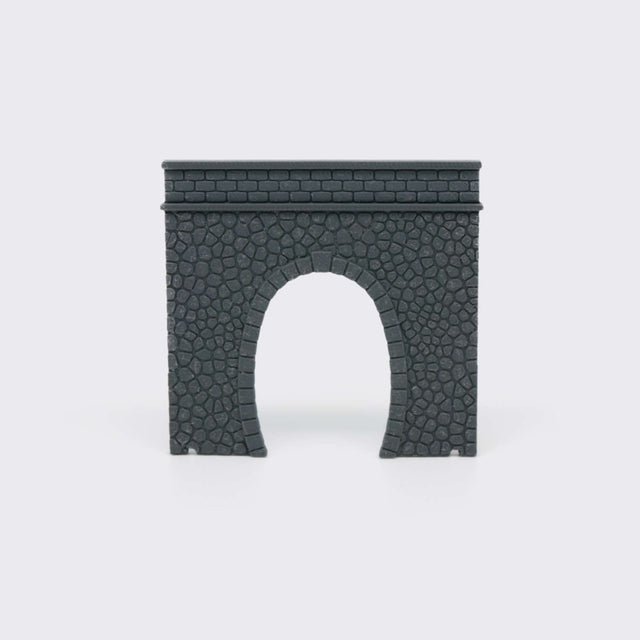
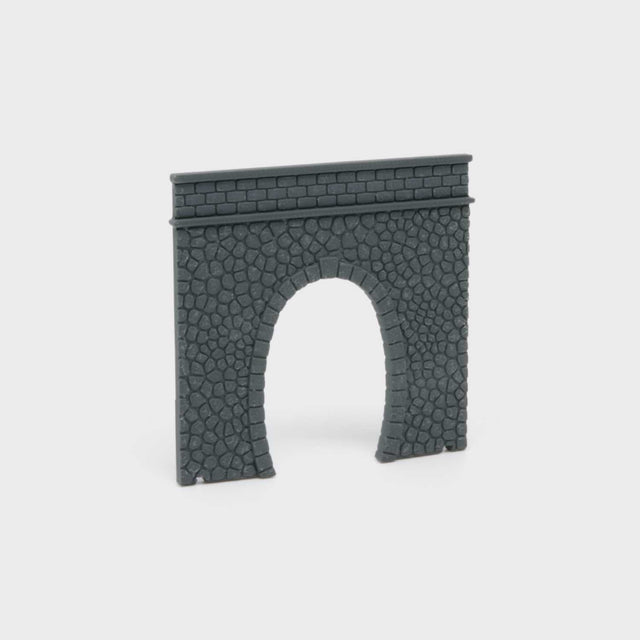
Portale 1 binario per Rettilineo - Scala TT
Riproduzione in scala TT (1:120) di un portale di galleria per linee ferroviarie a binario singolo. Adatto solo a linee in rettilineo grazie all'ingresso galleria ridotto in ampiezza per un maggior realismo, simile al vero. Adatto sia a linee con catenaria che senza.
Stampato in 3D con tecnologia FDM in materiale ecologico PLA grigio scuro, è fornito da verniciare.
Possibilità di scelta tra un rivestimento in mattoni o pietre.
Il prodotto è pensato per essere abbinabile al tunnel codice 1151.R0 per rettilinei e agli accessori come una colonna in mattoni per portali con codice 1152 e ai muri laterali di contenimento codice 1153.

Finishing of bioPLA portals
Assembly
The portal is supplied in a single piece, it does not require assembly. When assembling to other related items, use cyanoacrylate glue for a quick and resistant fixing.
Surface preparation
Remove any surface burrs and lightly sand with 180/240 grit sandpaper and possibly a second pass with a finer grit. With the piece clean and dry, it is recommended to use a spray putty to even out the surface and eliminate print streaks. Make several light, quick passes until you are satisfied with the uniformity of the surface. Be careful not to overdo it so as not to lose the details of the surface texture. Alternatively, you can also use liquid chalk or thick paint applied in several coats.
Painting
Subsequent painting can be done with opaque acrylic colours.
I recommend using at least two basic colors to bring out the three-dimensionality of the surface: one for the bricks/stones and the other to use between the interstices of the same.
There are two techniques that can be used:
1. Apply a first coat of uniform and covering color with the color you want to obtain in the raised parts (bricks or stones). When dry, apply the second very diluted color (the one you want to obtain between the gaps) and dab with a sponge or absorbent paper only on the raised surface to remove excess colour. Give more passes until you are satisfied.
2. Apply a first coat of diluted color (whatever you want to obtain between the gaps).
When dry, apply the second color by dabbing very lightly on the raised surface with a sponge. Give more passes until you are satisfied.
Subsequently, other colors can be given with the dry brush technique or with spotting powders to give the product a more lived-in and less uniform appearance.
ACCESSORI INDISPENSABILI
PER INCOLLARE I TUOI PRODOTTI
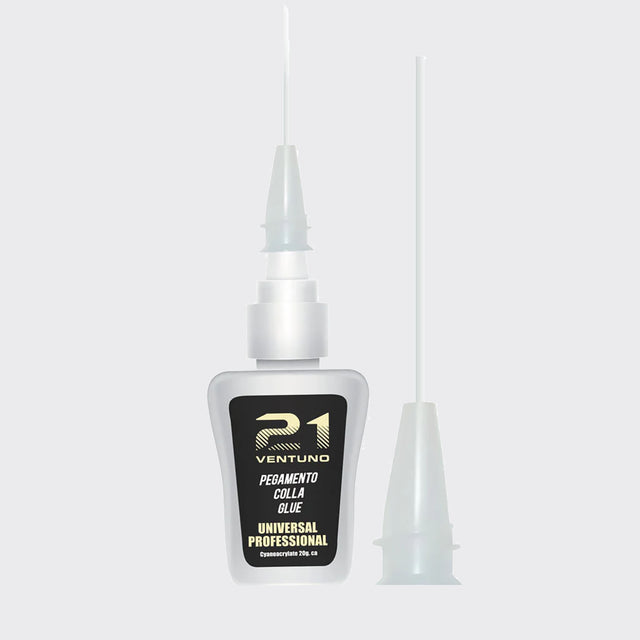
ISCRIVITI ALLA NEWSLETTER
OTTERRAI UNO SCONTO DEL 10% SUL TUO PRIMO ORDINE
Sarai aggiornato sui nuovi prodotti e nuove offerte. Senza disturbarti troppo.
Payments
We use safe, secure and traceable payments with VISA, MASTERCARD and PayPal credit cards
We also accept bank transfer
Shipping
Free for orders from €89.00 in Italy and Europe
Italy €7.90 with express courier
Europe from €9.90 with express courier
Customization
Follow this icon.
We make you a customized product.
Customized sizes suitable for every need
contact info
OBJETICA
by Nannini Guido
Via Bonacini, 191/a
41121 Modena (MO)
Italy
VAT number 04085790360
mail@objetica.com
+39.059.4724524
afternoon only, 3pm - 6pm


